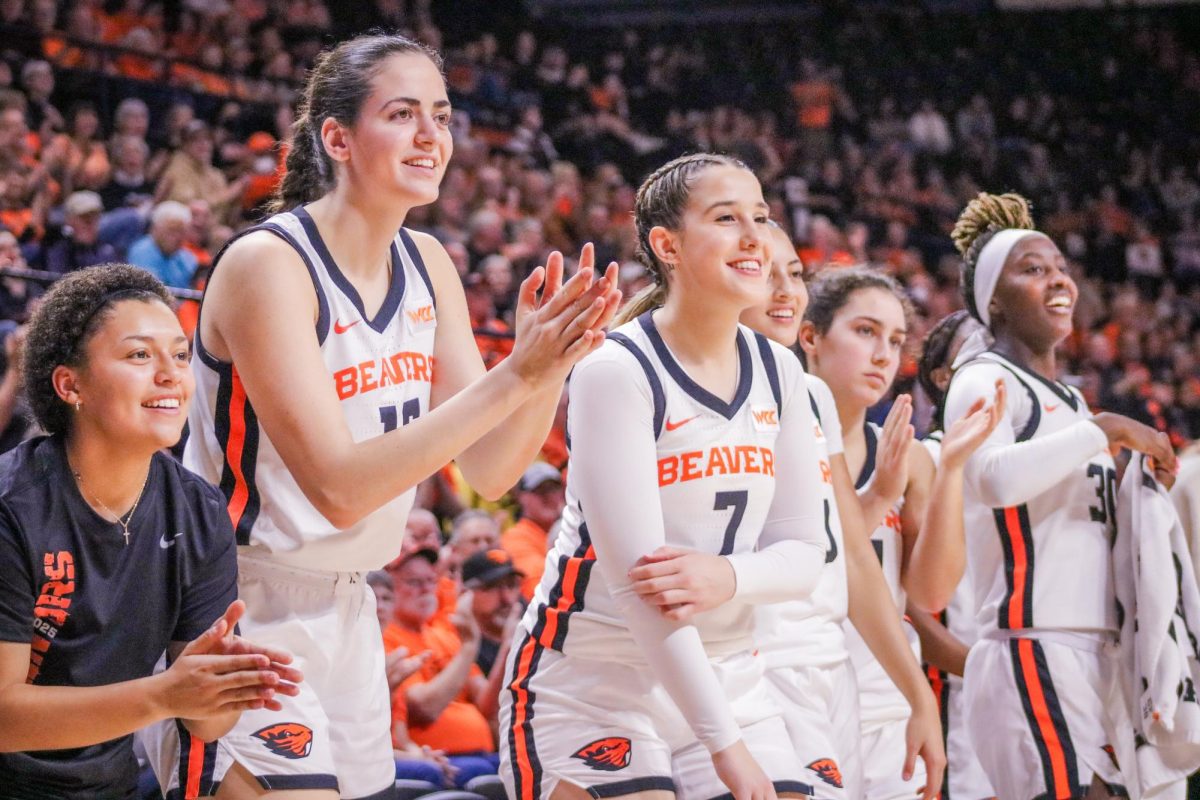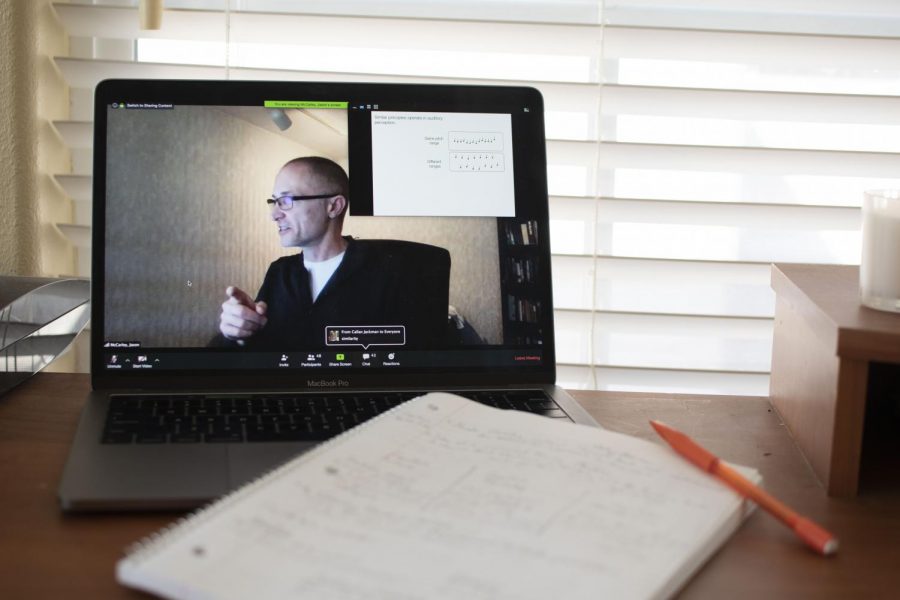Professors change teaching methods due to lack of engagement via Zoom
April 22, 2020
With the start of remote teaching after COVID-19 called for social distancing, professors have had to make significant changes to their teaching methods throughout the term.
Over spring break, professors were given the task of modifying their in-person classes to online modules with the option of video conferencing through Zoom, a free online service used for virtual meetings.
“It’s important to recognize though that what we’re doing now is not online education but remote delivery,” said Joseph Orosco, a professor at OSU via email. “Online teaching is a very intentional and thoughtful way of teaching material, and philosophy can be done well this way.”
Orosco has been teaching at OSU for 19 years, and currently teaches two philosophy courses: Great Ideas and Star Trek and Philosophy. Orosco noted that he feels grateful OSU is on a quarter system because he and other professors were allowed the week during the break to cultivate their materials, whereas universities on a semester system were not.
Classes that are based on discussion are able to keep a steady routine of classes through using Zoom, but for science, technology, education or mathematics classes, engagement tends to be more of an issue.
“Since week two, my class has changed from live lectures via Zoom to discussion sessions, and the students watch pre-recorded videos prior to the lecture,” said Professor Wei Kong via email, who teaches physical chemistry.
She made her classes discussion-based after requests from many of her students to switch from Zoom conferences to the current format.
“I was pleasantly surprised by the response to last week: more than 2/3 of the students have watched the videos and several have asked quite insightful questions,” said Kong. “Granted that we have only been doing this for one week, I am hopeful that if the students take the ownership of their study, this method will work out even better than the classical classroom approach.”
Kong is not the only professor who is changing the process as the term progresses, as other students are giving feedback to the ways in which they are processing the material the most efficiently.
“I feel like the Zoom isn’t really for me, but I prefer how the professors have changed their teaching styles,” said Allison Billard, a second-year kinesiology major on the pre-med track. “It’s easier to follow the material so that has been nice.”
Although these methods are allowing teachers to see greater engagement, students are also having to take on bigger course loads as teachers are trying to make up for in-class discussions with online forums on Canvas.
“My biggest frustration has been the added workload… it’s difficult for me to keep up with it and keep a job at the same time,” Billard said.
On top of the discussion boards for the 19-credit course load Billard takes, she continues to meet for Zoom classes, a total of nine separate classes per week.
Whether students are meeting the regular amount and paralleling in-person classes or forgoing the option of Zoom discussions, the workload is changing at the same rate methods of teaching are.
“I’m also trying to be conscious of the fact that this is a traumatic time for everyone and [students] are trying to navigate this as well,” Orosco said. “Not everyone signed up for online education; and some people don’t do well in, or like, this way of learning.”












































































































